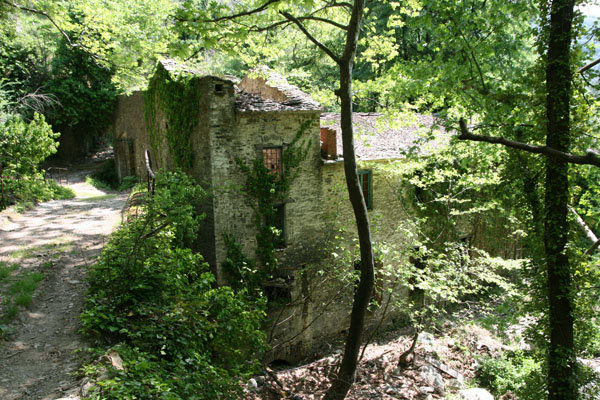



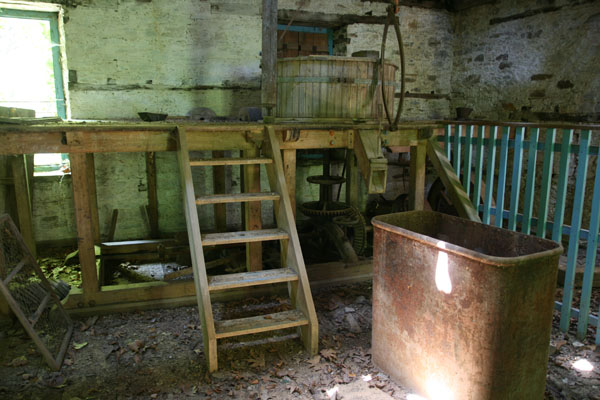

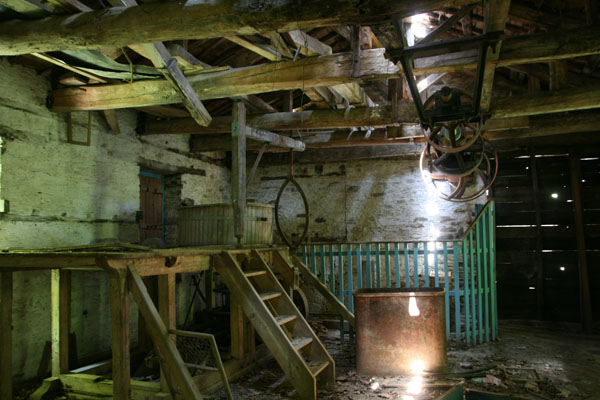



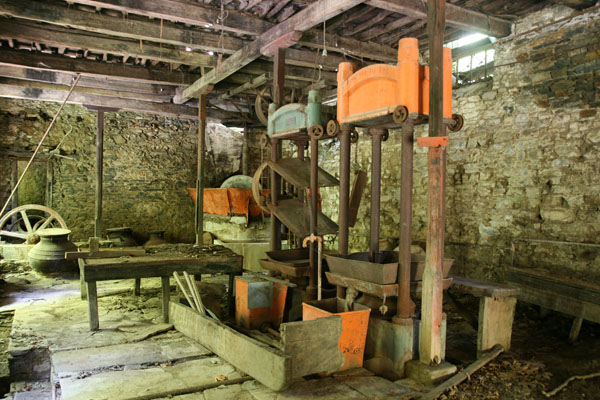

Just below the village of Drakia in Pelion, on the banks of the river Karamanis, sits an old mill built in 1909 for ΙωάννηςΜίχοs. The mill is a historical building of architectural, historical and cultural importance, but has been abandon for over 40 years and has been badly damaged. Experience has shown us that by simply restoring this building and using it as a sort of museum we will not save this building. If we were to do such a thing the building would fail to sustain itself and thus would eventually fall back into disrepair. Thus if such a project is to be undertaken, it must be approached from an adaptive point of view. In other words the building must be able to adapt to a new use in which it can once again be productive as it once was in the past. Thus the main challenge the project faces is creating new and productive uses for the old building.
This project aims to restore this historical building through an adaptive reuse program providing new uses, while at the same time respecting the buildings past. Thus, I propose to retrofit the old water mill with a new Pelton turbine that will function as a hydroelectric power station. All of the old structures will be kept basically as they are today and new structures will be placed into the old structures leaving a glass zone between the old and new. This glass zone will clearly define where the old structure ends and where the new structure begins and also give the impression that the new structures are floating on top the old walls.
The new additions and reuse of old spaces have been designed as multi-purposes or multiuse spaces with a flexible frame work. Thus, the complex can be used as a conference center, a space for workshops and seminars, for weddings and baptisms, a place for cultural events (including but not limited to concerts, theater, exhibitions ect..), and finally as a hostel for hosting groups who might be interested in the beauty and history of the surrounding area (environmental groups, hiking groups, summer camps ect…), as well curious travelers. The hope is that by creating a diverse and multifunctional building, the building will be able to sustain itself for generations to come and continue on in its legacy.
Supervisor: Philippitzis Dimitris
Reference Number: 427
-a.jpg)
-a.jpg)
This thesis deals with the construction of a residential complex in Menidi through the process of participatory planning. The whole process includes 3 families, who are owners of 3 contiguous plots in a grove, and through the interview process, developing the idea into a script habitation which is molded and shaped through dialogue, ideas, experiences and experiments on paper.
Original idea of the project is to create a set that is open through a single air space, and adding shared functions, which will allow our residents to enjoy a greater degree of freedom in a place that allows more movementsand gatherings of people.
Through a critique of owners for the operation of complex, altering the final result, on the one hand to be able to serve its original purpose and to meet the needs of users.
For the implementation of this scenario, taken into account all material housing restrictions such as building factor and the coverage ratio etc.
Supervisor: Trova Vasso
Reference Number: 431










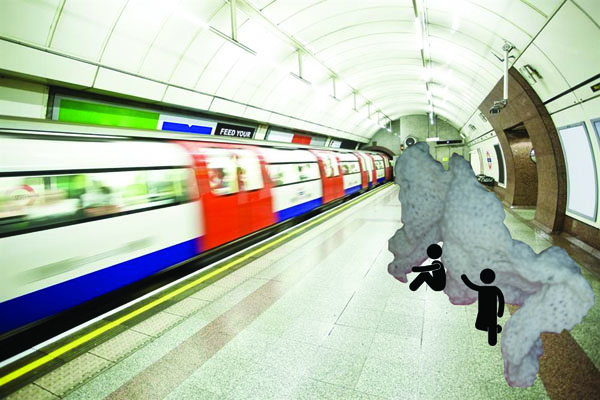

According to specific examples from animals nests, there are made successively parallels with final goal the design and the construction at a scale of 1:1 habitat - clothing sector. The investigated issues are geometry, materials, texture according to the body - content.
Initially, a report and an analysis are realized considering the birds as manufacturers and residents, also there is the choose they make for the areas where they decide to build their nests and materials they work out.
Afterwards, a new research takes place, which has to do with human processes that meet specific requirements according to birds’ one such as building techniques for example the knitting and the surfaces are created. The characteristics that the surfaces have and the constructions they create with or without normal way, are analyzed in this research. There are made scale - games between the constructions and the human body and also experiments to the environments we put them.
Finally there is an effort to understand and analyze the space according to the human body as well as the ideal connection between space - habitation, habitation - body, space - clothing, clothing - habitat. There is also an analysis of specific definitions that are base for the constructions and the final project - a surface with mixed conditions, characteristics and uses.
Supervisor: Giannisi Phoebe
Reference Number: 430










The present thesis is being placed within the area of salt pits of Mesolongghi and refers to a multi-programming strip of land which runs transversely the region of salt pits, where each walker is being picked up from the regional street of the city and through the salt pits’s grid he is transferred to the side of lagoon. During the intermediate journey, the walker meets uses of different styles and themes, involving research, treatment (cure), observation, tasting, entertainment, accommodation and information. The territorial “moments” formed reproduce experiences of concentration, walk and posture, viewing and finally discussion, observation and conversation with the landscape. The configuration of this existing topography is included within the programme in the form of secondary routes, placing an additional promenade network, as well as the probability of choosing a diverse route each time. Our basic desire of design was based on the creation of the motive (uses) but also on the capability (ground) of visiting the salt pits, an area with environmental intensity and distinctiveness. By choosing the present location and the program itself, not only a dynamic link between this intervention and the city of Mesolongghi was attempted but the harmonious integration to the geometry and the conditions of this imminent topography has been tried as well. In other words, the present study seeks to synthesize an architectural experience where the coexistence between humans and a physical paradoxical conformation is being traded. The artificially processed landscape is combined with plenty small and different programmatic parts, aiming at the enhancement of man’s existence in this place.
Supervisor: Gavrilou Evelyn
Reference Number: 410

